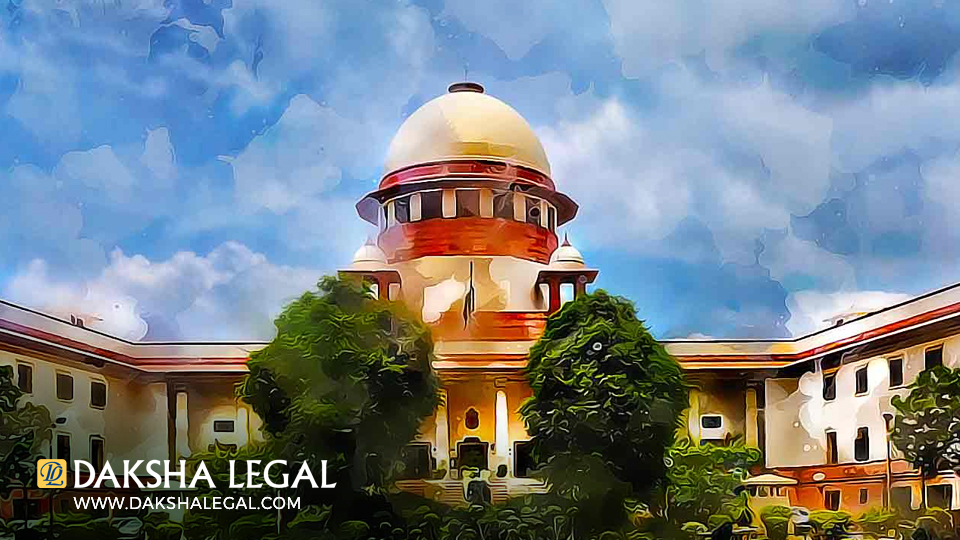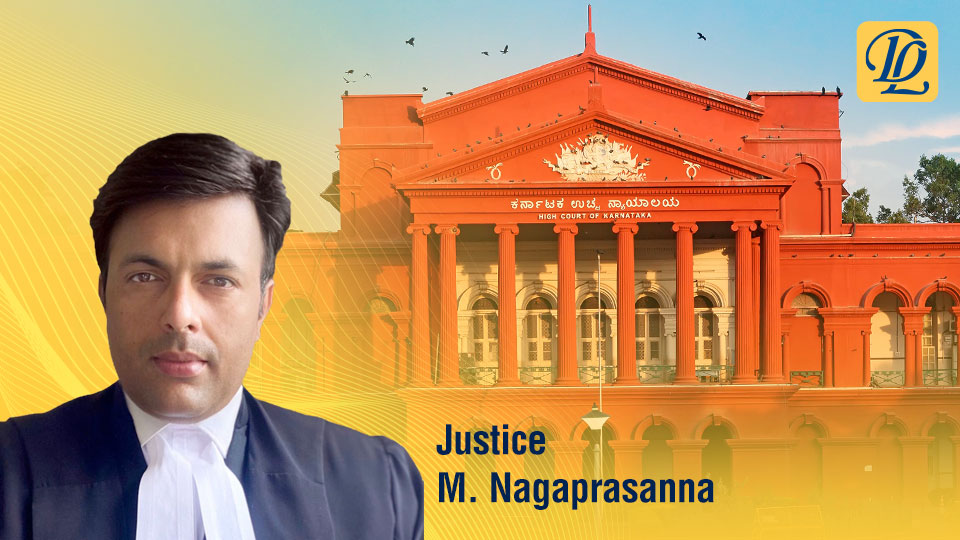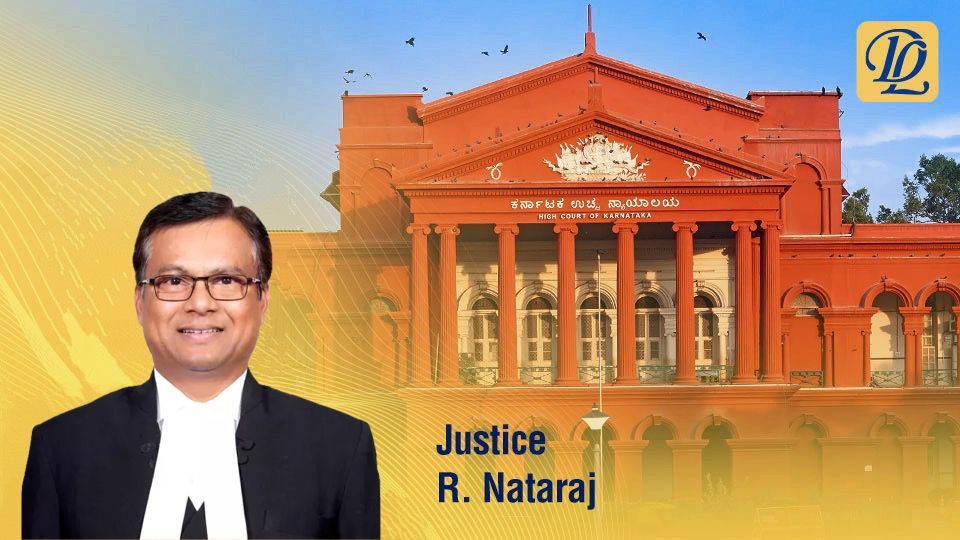Articles 32, 226, and 227- A Comparison
The Indian Judiciary occupies a position that is uniquely integrated, yet federal, with the Apex Court and the High Courts deriving authority directly from the Constitution. The High Court derives its constitutional power to adjudicate as an original court from Articles 226 and 227 of the Indian Constitution. So too, the Supreme Court derives its constitutional power to adjudicate on its original side from Article 32 of the Indian Constitution. But Article 226 is broader in its reach than Article 32. That itself envisages the utmost confidence that the Constitution makers placed on the High Courts in the architecture of the Constitution. Article 227, inter alia, confers the power of superintendence on the High Court “over all courts and tribunals throughout the territories in relation to which it exercises jurisdiction.” Significantly, there is no provision in the Constitution vis-à-vis the Supreme Court analogous to Article 227 of the Constitution. The Constitution never envisaged the Supreme Court to be a supervisory body over the High Courts. They are coequal institutions, each deriving its authority from the very same Grundnorm. Both are entrusted with distinct powers and duties under the same Constitution.
An Integrated but Federal Judiciary
The intent of the framers of our Constitution is clear through the constitutional debates. Dr. B.R. Ambedkar explained, “The Indian Federation…has no Dual Judiciary at all. The High Courts and the Supreme Court form one single integrated Judiciary having jurisdiction and providing remedies in all cases…” This statement underscores the position that the Supreme Court and the High Courts were to retain full authority and autonomy. High Courts are not subordinate feeders to the Supreme Court, unlike appeals from orders and judgments of lower courts provided under the Civil Procedure Code or other statutes to the High Court. Appellate
Jurisdiction of the Supreme Court and its limitations
The appellate jurisdiction of the Supreme Court under Articles 132, 133, and 134 inter alia provide for an appeal, if the High Court certifies, under Article 134A, that the case involves a substantial question of law, as to the interpretation of the Constitution and/or that the case involves a substantial question of law of general importance which needs to be decided by the Supreme Court. Article 134A provides for the High Court to give a certificate for appeal to the Supreme Court. However, there is a parallel power granted to the Supreme Court to examine the correctness of the order without the certificate route that is enshrined in Article 136.
From a conjoint reading of Articles 132, 133, 134, 134A, and 136, what emerges is that the examination of the correctness of the order passed by the High Court is not a matter of routine, but is of an extraordinary nature not to be exercised lightly. A holistic reading of the above-mentioned provisions would indicate that the High Court is not subordinate to the Supreme Court. Even in the exercise of its judicial power to examine the correctness of the High Court's order, the Supreme Court must, as a rule loath to interfere. This recognises the eminent position which the High Court occupies in the Constitutional Scheme of dispensing justice.
Superintendence power of the Supreme Court over the High Court?
Does the Supreme Court have the power of superintendence over the High Court? The answer is in the negative. In the case of Bayer India Ltd. v. State of Maharashtra, the Supreme Court stated that "....we certainly respect the independence of the High Court and recognise that it is a co-equal institution….".The relationship between the High Courts and the Supreme Court, although hierarchical in nature, is such that both courts have their spheres of constitutional independence. There is no administrative relationship under the scheme of the Constitution between the Supreme Court and the High Court, except for the self-conferred power of transfer of judges of the High Court from one High Court to another. When the Supreme Court assumes a role to supervise the judicial functioning of a judge, then such an assumption of power would be unconstitutional, violating the federal structure among the constitutional courts.
Judicial Overreach
In the order dated 04.08.2025 in M/s Shikar Chemicals v. The State of Uttar Pradesh and Anr of the Supreme Court, authored by a bench comprising Justice J. B. Pardiwala and Justice R. Mahadevan, personal remarks were made against the sitting High Court judge who had authored the judgment of the Allahabad High Court. Directions were also issued to the Chief Justice of the Allahabad High Court regarding the roster to be assigned to that particular judge. By this, the dignity and functioning of a specific judge of the Allahabad High Court and the standing generally of the High Courts have been affected. Instead of limiting its role to reviewing the correctness of the impugned judgment, the Supreme Court has assumed for itself a role not envisaged in any of the provisions of the Constitution referred to supra, which are the only provisions regulating the relationship between the Supreme Court and the High Courts. By the Apex Court passing such adverse remarks in the order against a judge of the High Court without confining the scope of scrutiny to the correctness of the judgment raises a pivotal question as to whether, by such an approach, the independence of the High Court and its judges has been eroded. By adopting such an approach, unfortunately, the Supreme Court has demoted the independence of the High Court to a constitutional fiction.
The relationship between the High Court and the Supreme Court in the constitutional scheme has been poignantly pointed out by the Apex court itself in the case of Spencer & Company Ltd and Anr v. Vishwadarshan Distributors Pvt. Ltd .
The Supreme Court observed, referring to an earlier order making a request to the High Court, “Outwardly, it is neither commanding in nature nor explicitly in terms of a direction. Such is not the sheen and tone of our order, meant as it was, for a high constitutional institution, being the High Court. It comes from another high constitutional institution (this Court), hierarchically superior in the corrective ladder. When one superior speaks to another, it is always in language sweet, soft and melodious; more suggestive than directive. Judicial language is always chaste.” The Supreme Court in the matter of the relationship between itself and the High Court drew an analogy of the relationship between Krishna and Arjuna in the Bhagavadgita, wherein Arjuna was given the freedom to act as he wished to, notwithstanding the advice given in the earlier several hundred verses. Krishna never imposed himself nor his advice on Arjuna. Notwithstanding, the Supreme Court also observed that there was a presumption that Arjuna would always obey Krishna; the same is the respectable relationship that the Supreme Court must show towards the High Court and vice versa.
M/s Shikar Chemicals has provoked strong reactions from the legal community, since it undermined the dignity and independence of the High Court. It is axiomatic that public confidence in the dispensation of justice at the High Court level is based upon the competence of judges of the High Court, which is presumed since the appointment is through an elaborate collegium process. In fact, the order of the Supreme Court points out, “The litigants in this country approach different courts of law to seek justice. For 90% of the litigants in this country, the High Court is the final court of justice. Only the remaining 10% can afford to approach the Supreme Court. The litigants who come to court expect the justice delivery system to function in accordance with law, not to obtain absurd or irrational orders.” But unfortunately, the judgment crossed ‘Lakshman-rekha’ and made adverse comments on a judge of the High Court, undermining the position of the High Court as the ‘final court of justice.’ The approach of the Supreme Court is therefore self-defeating.
Role of the Chief Justice
The manifest error and the unconstitutionality in the verdict referred to supra are compounded by what has transpired subsequently.
The Division bench received an undated letter from the Chief Justice of India, requesting the bench to reconsider the directions issued in the impugned judgment. Following up on this, the bench re-notified the matter in order to consider the Chief Justice's request. Surprisingly, the bench acceded to the request of the Chief Justice and deleted certain paragraphs of the judicial order. This raises another aspect of propriety. Does the Chief Justice of India or the Chief Justice of High Courts have the power or authority to call upon or even request any other judge of the Supreme Court/ High Court to reconsider their verdict, which is part of a judicial order? What is the role of the Chief Justice?
As it has been well established, the Chief Justice of India or the Chief Justices of the High Courts are first among equals and do not hold superior judicial power over other judges.
The Supreme Court in the case of Shanti Bhushan v. Supreme Court of India and Anr held,
“ 6. There can be no doubt that the Chief Justice of India is the first amongst the equals, but definitely, he exercises certain administrative powers, and that is why, in Prakash Chand, it has been clearly stated that the administrative control of the High Court vests in the Chief Justice alone. The same principle must apply proprio vigore as regards the power of the Chief Justice of India. On the judicial side, he is only the first amongst the equals. But, as far as the Roster is concerned, as has been stated by the three-Judge Bench in Prakash Chand, the Chief Justice is the Master of the Roster and he alone has the prerogative to constitute the Benches of the Court and allocate cases to the Benches so constituted."
The administrative powers of the Chief Justice does not override the judicial independence of their peers.
Judicial Propriety, Restraint, and Institutional Comity
Justice M. Hidayatullah has remarked in his autobiography, My Own Boswell, 1985, “Hierarchy in the Judiciary is functional, not a matter of individual dignity,” which underscores the relationship being functional in nature between the High Court and the Supreme Court, and not hierarchical except on the judicial side, limited to examining the correctness of the order. Justice Robert H. Jackson of the SCOTUS also warned, “We are not final because we are infallible, but infallible only because we are final,” acknowledging that the judicial authority is due to the constitution's finality, not personal infallibility. Both of them have aptly expounded the concepts of judicial humility, institutional comity, and collegiality, all of which are essential for ensuring and preserving public confidence in the judiciary.
Judgment v. Judge
A well-settled norm of judicial propriety is that courts must confine themselves to judging the judgment and not the judge. In the present instance, however, the strictures were not against the impugned order but against the judge himself, breaching the essential boundaries of judicial restraint. It disturbs the delicate balance maintained between the Supreme Court at the Apex level and the High Courts at the state levels in the constitutional scheme.
The approach of judging the judge as opposed to judging the judgment, resulting in making adverse remarks against the judge, has another serious fallout. Since it injures the self-respect of an individual, deserving persons will think twice before accepting a judgeship. It should be noted that no judge is infallible.
The Supreme Court in the case of Kaushal Singh v State of Rajasthan held,
“18. Suffice it to say that the law is well-settled by a catena of decisions rendered by this Court that High Courts should ordinarily refrain from passing strictures against the judicial officers while deciding matters on the judicial side. Reference in this regard may be made to In Re: ‘K’, A Judicial Officer, paragraphs 15, 16 and 17. This Court dealt with the validity and legality of strictures passed by the High Court against a Judicial Officer serving as a member of the district judiciary, which are reproduced herein below for ready reference:
“15. In the case at hand, we are concerned with the observations made by the High Court against a judicial officer who is a serving member of the subordinate judiciary. Under the constitutional scheme, control over the district courts and courts subordinate thereto has been vested in the High Courts. The control so vested is administrative, judicial and disciplinary. The role of the High Court is also of a friend, philosopher and guide of judiciary subordinate to it. The strength of power is not displayed solely in cracking a whip on errors, mistakes or failures; the power should be so wielded as to have propensity to prevent and to ensure exclusion of repetition if committed once innocently or unwittingly.
The power to control is not to be exercised solely by wielding a teacher’s cane; the members of subordinate judiciary look up to the High Court for the power to control to be exercised with parent-like care and affection.”
However, in the cited instance, the Apex Court has ignored the well-established principles of judicial restraint and institutional respect by making adverse remarks against the judge while examining judicial orders, discouraging capable persons from entering or continuing in judicial service.
This episode raises a serious question about the independence of High Court judges, for it mistakes the institution for an individual. The appropriate approach, as it has always been, is to say that the judgment was wrong, not the Judge. In the Indian judiciary, the author of the judgment always occupies the back seat, while the court occupies the front seat, and never the other way around. Therefore, the wake-up call is to “judge the judgment, not the judge.”
K.G. Raghavan,
Senior Advocate
Priyanka Ajjannavar, Advocate
Shresta K, 4th Year, PES University
Sai Dyuthi K V, 4th Year, PES University




